The Importance of Texture in Your Home Decor
Discover the power of texture in interior design. Learn how to mix, match, and layer textures to enhance your home's ambiance and aesthetics.
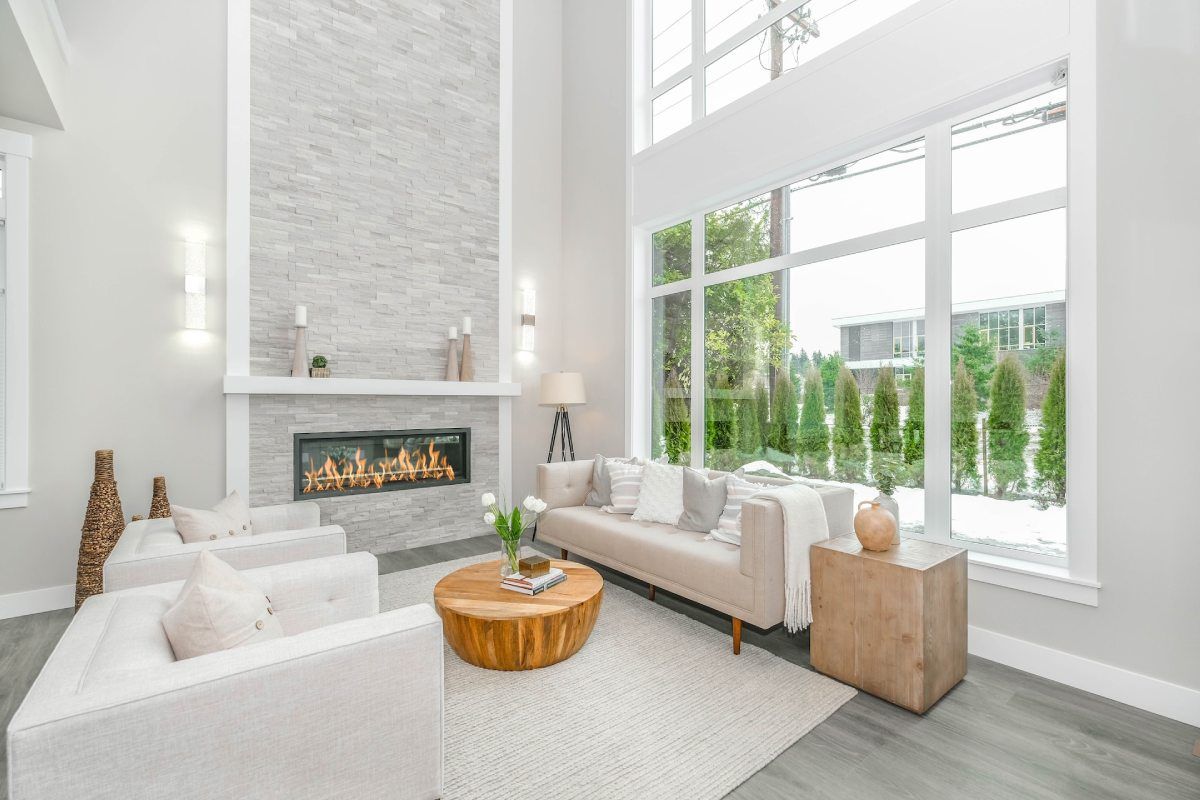
When it comes to decoring their homes, most people think about color, layout and furniture. However, there's another crucial element that often gets overlooked - texture. Texture can be the secret ingredient that transforms a room from flat and two-dimensional into a dynamic, three-dimensional space.
Texture can add depth, contrast and interest to any interior, creating an ambiance and mood that enhances the overall aesthetic appeal. In this post, we look at the role texture plays in your home decor, how to define it and offer tips for incorporating it into your home. With a few simple tweaks, you can take your decor to the next level by adding texture to your interior.
What's in this post:
The use of texture in interior design
The role of texture in creating mood and ambiance
The use of texture in interior design
So, what exactly is texture in interior design? Simply put, it refers to an object's surface quality or feel. Textures are broadly classified into two categories: tactile and visual. Tactile textures are those you can feel, like the plush velvet of a throw pillow or the sleek leather of a sofa. On the other hand, visual textures are those you can see, like a faux fur rug or a painted mural.

Many professional interior designers use a combination of tactile and visual textures to add depth, visual contrast and interest to spaces. Using a mix of soft textures like plush rugs, velvet upholstery and satin curtains adds warmth, comfort and luxury.
On the other hand, rough textures, such as jute rugs, woven baskets, or hewn wood furniture, can convey an earthy, organic feel. Glossy textures, like glass, polished metal, or lacquered wood, add a sleek, modern vibe. In contrast, matte textures, such as chalk-painted furniture or flat-finish walls, lend a more subdued, contemporary look.
The role of texture in creating mood and ambiance
Texture is pivotal in setting the mood and creating an ambiance within an interior. A room layered with various textures feels rich and engaging, stimulating the senses and making the space more interesting.
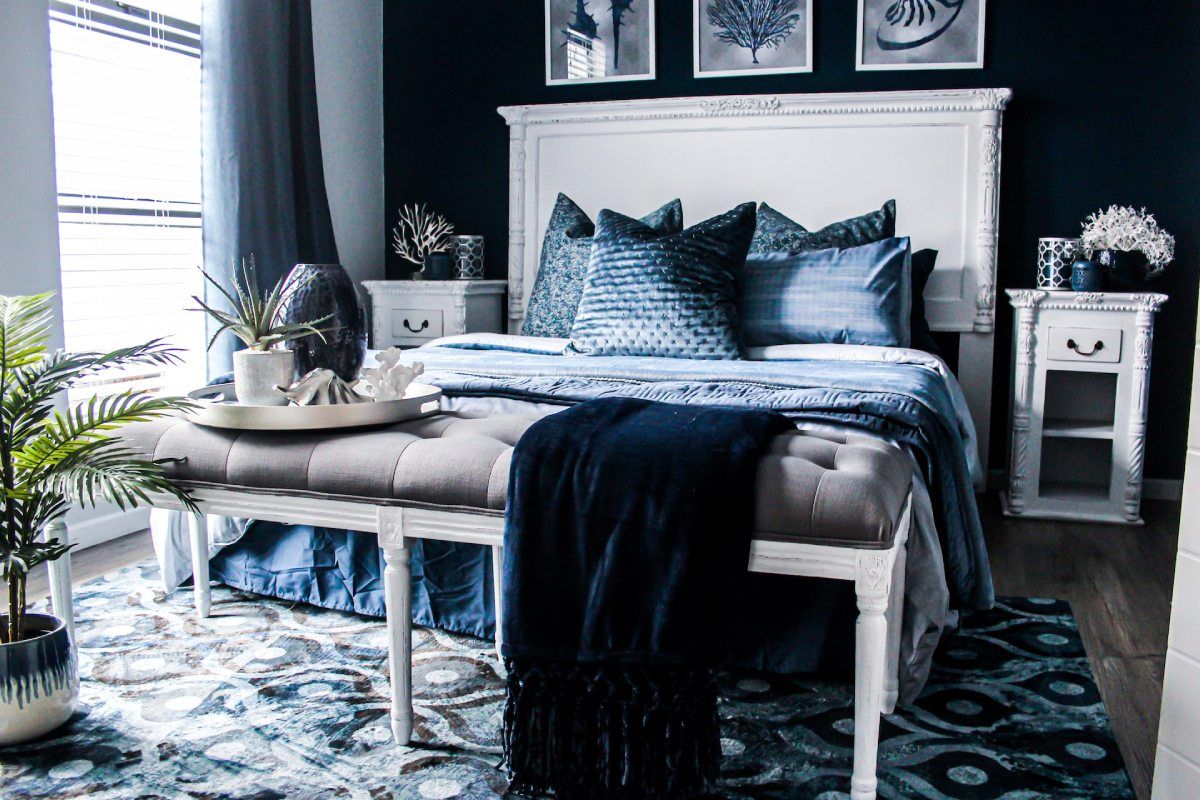
Depending on your vision, you can use textures to create various moods in different rooms. For instance, a living room with a soft plush rug, soft leather couch, rough wooden coffee table, and silky curtains has a mix of textures that creates a warm and inviting atmosphere.
On the other hand, a kitchen with sleek stainless steel appliances, glossy tile backsplash and smooth granite countertops exudes a clean, modern vibe. You can also combine textures to create contrasts to soften the room or stimulate the senses.
Tips for incorporating textures into your decor
Incorporating texture into your home decor can seem like a daunting task, especially if you're new to interior design. However, with a little understanding and creativity, you can easily use texture to enhance your space's aesthetics and ambiance.
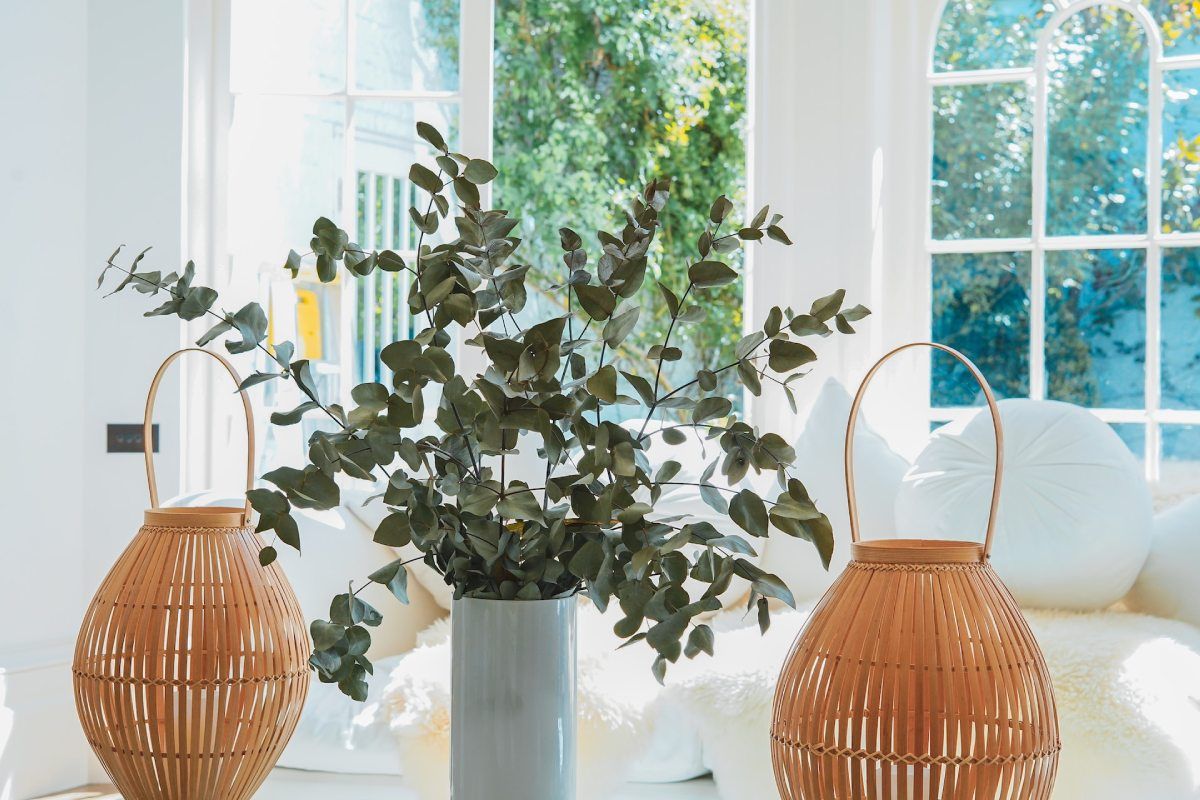
By following these principles, you'll be well on your way to mastering the use of texture in interior design. Remember, texture is not just about creating visual appeal but also about how a space feels. A well-textured space invites interaction, creating a welcoming, comfortable environment that truly feels like home.
Mix and match
One of the key principles of using texture in interior design is to mix and match. There's no need to shy away from pairing different textures together. In fact, the contrast between smooth and rough or matte and shiny can greatly add to the depth and visual interest of space.
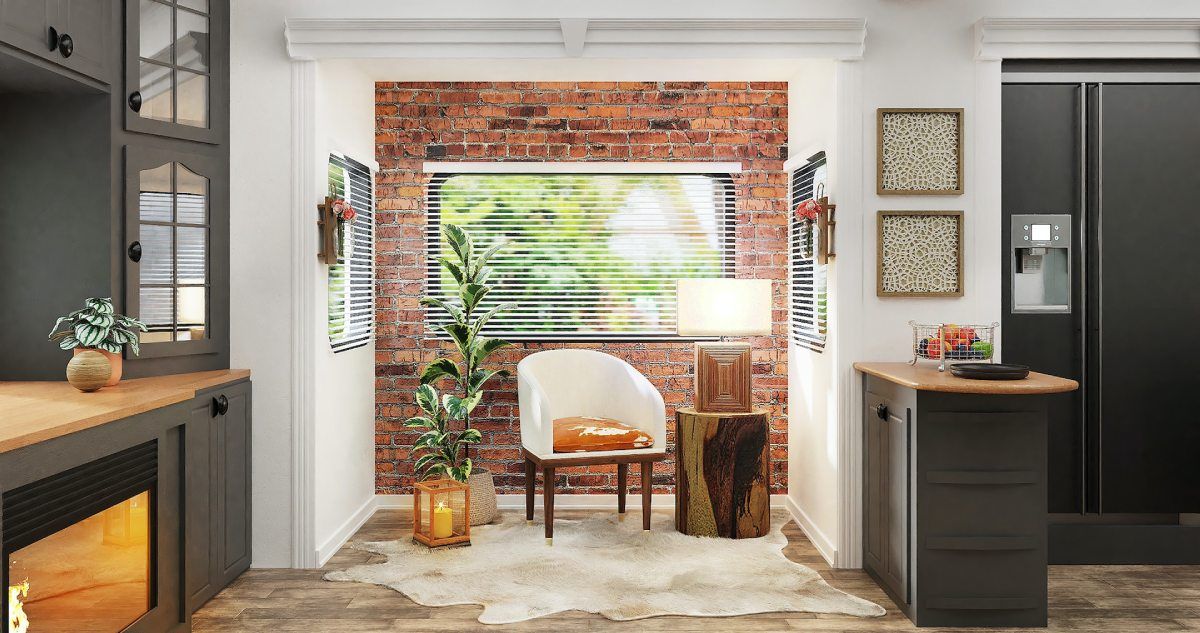
For instance, pair a sleek leather sofa (smooth and shiny) with a chunky knit throw (rough and matte). The contrast not only creates an intriguing visual appeal but also invites a tactile experience that makes the space more engaging.
Consider the room's purpose
The function of a room should guide your choices when it comes to texture. Different rooms call for different moods, and texture can greatly contribute to creating the desired atmosphere. Bedrooms, for instance, benefit from soft, cozy textures that promote relaxation and rest. Think plush rugs, velvety throw pillows, and thick, soft blankets.
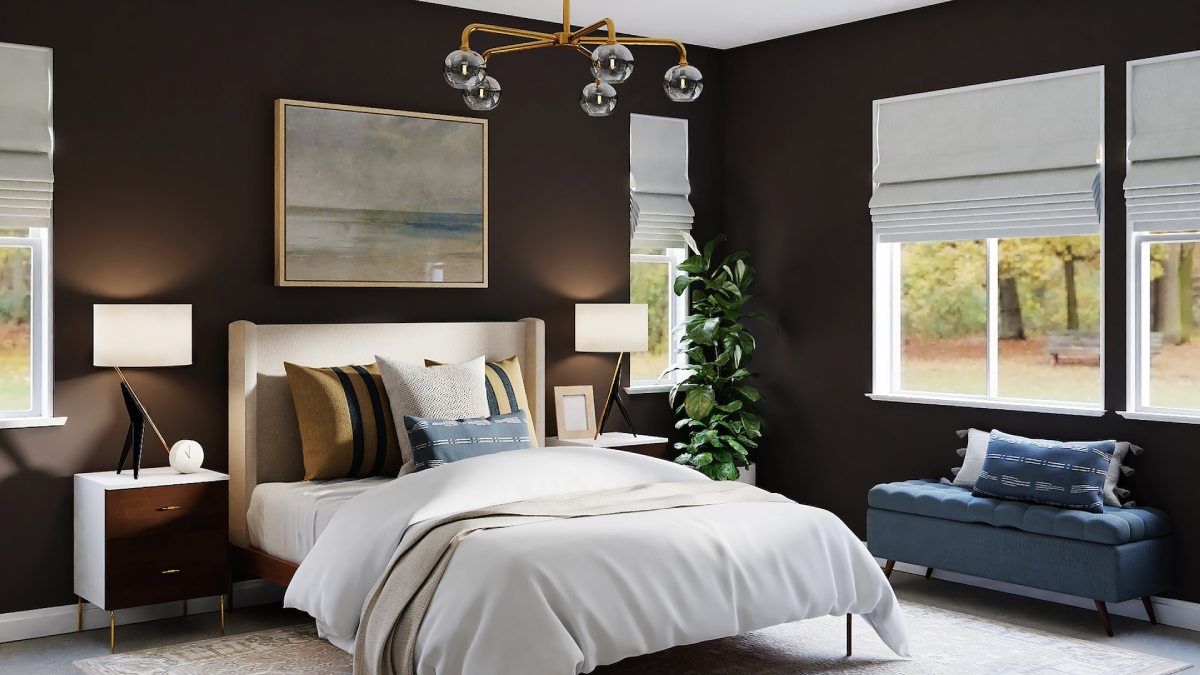
On the other hand, kitchens and bathrooms are typically areas where functionality reigns. These spaces might favor more hard, durable surfaces such as sleek tiles, polished granite, or brushed metal, which not only stand up to heavy use but also contribute to a clean, modern aesthetic.
Use textiles
Textiles offer an easy and versatile way to infuse texture into your home decor. They come in a vast array of materials and finishes, allowing for endless texture combinations. Rugs can range from plush and shaggy to flat and woven. Throw pillows and blankets can be silky, fuzzy, coarse, or anything in between.
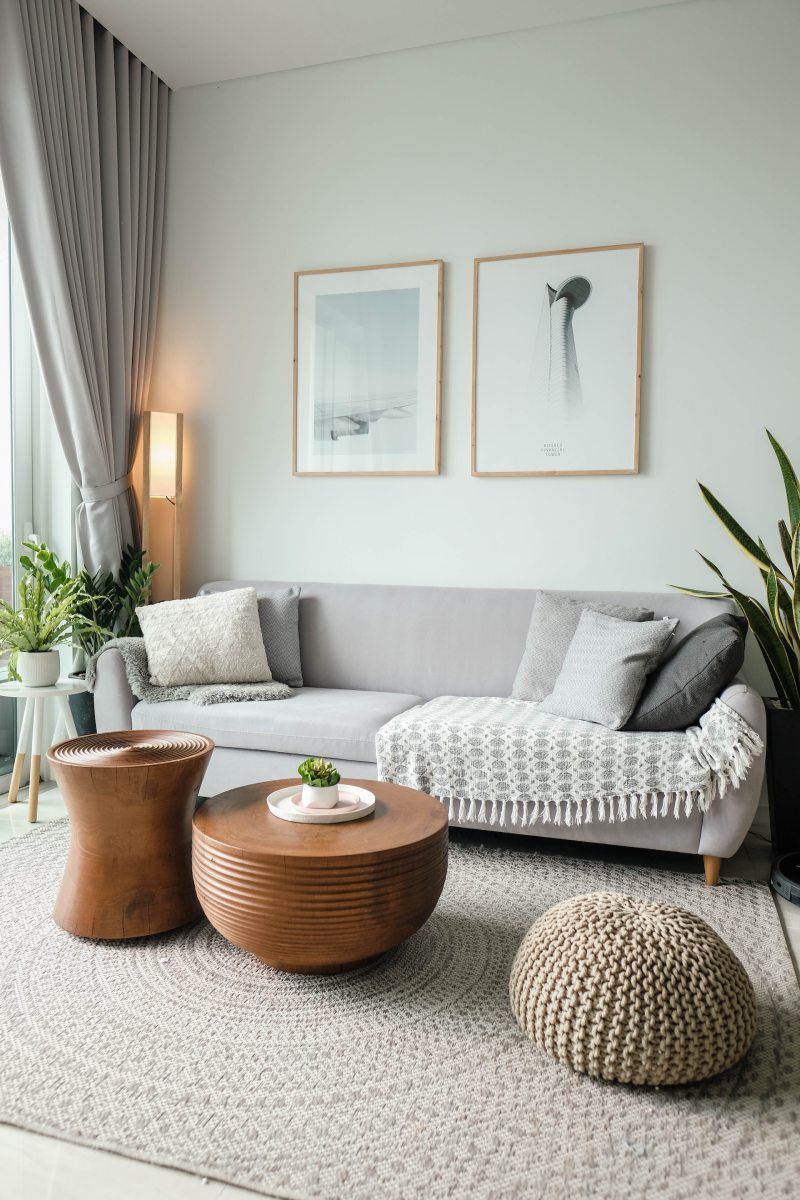
Curtains can be sheer and light, heavy and velvety, or textured with patterns. Upholstery, too, offers a multitude of options, from sleek leather to rich brocade to casual cotton. By carefully selecting your textiles, you can significantly alter the texture profile of your space.
Remember the walls
Walls offer a large canvas for introducing texture. This can be achieved through various means. Wallpaper comes in a myriad of textures, from smooth and glossy to rough and embossed. Paint techniques, too, can create texture: consider sponging, rag rolling, or stenciling for a textured look.
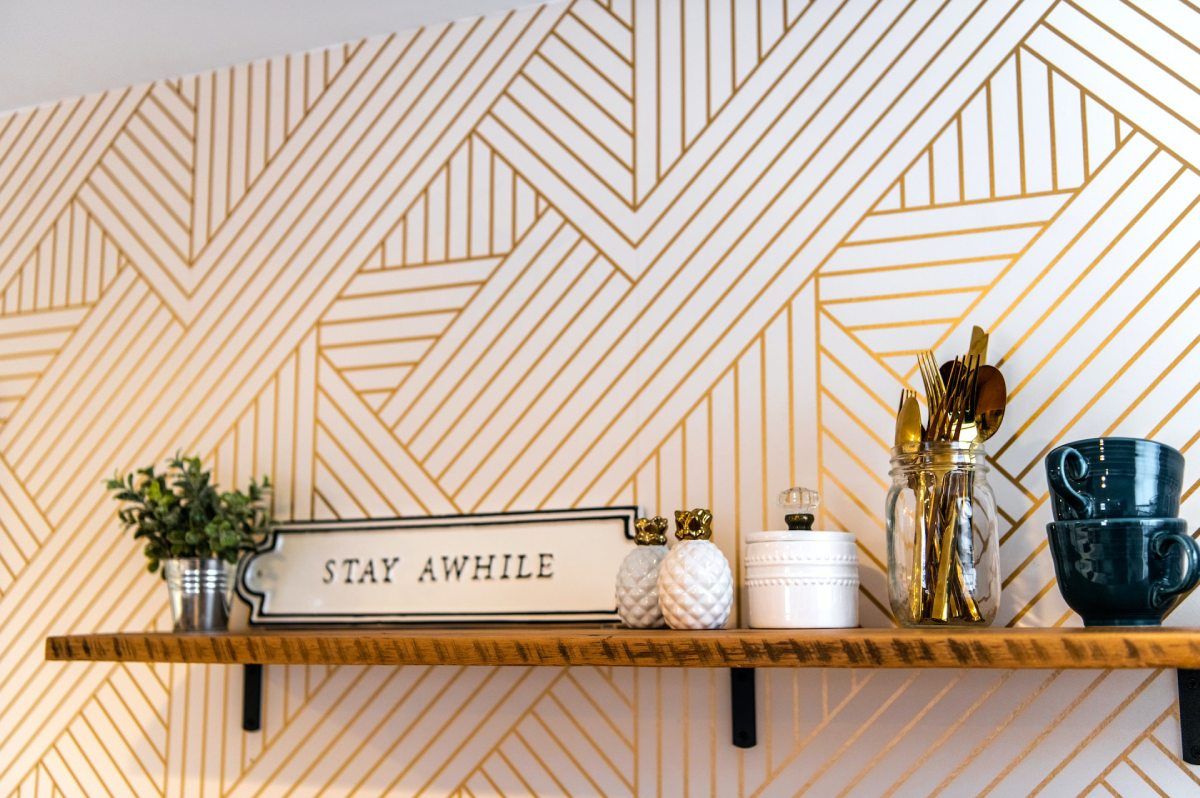
Paneling, whether traditional wood or modern 3D designs, adds significant texture to walls. Artwork, too, can introduce texture, whether it's a smooth oil painting, a rough collage, or a sculpture. Even the architectural details of a room, such as exposed brick walls or coffered ceilings, can contribute to the overall texture.
Layer, layer, layer
Layering is a fundamental principle in interior design, and this holds true for texture as well. Start by considering the larger elements in the room, such as the furniture and rugs. These will form the base layer of texture. Next, add medium-sized elements such as curtains and throw blankets.
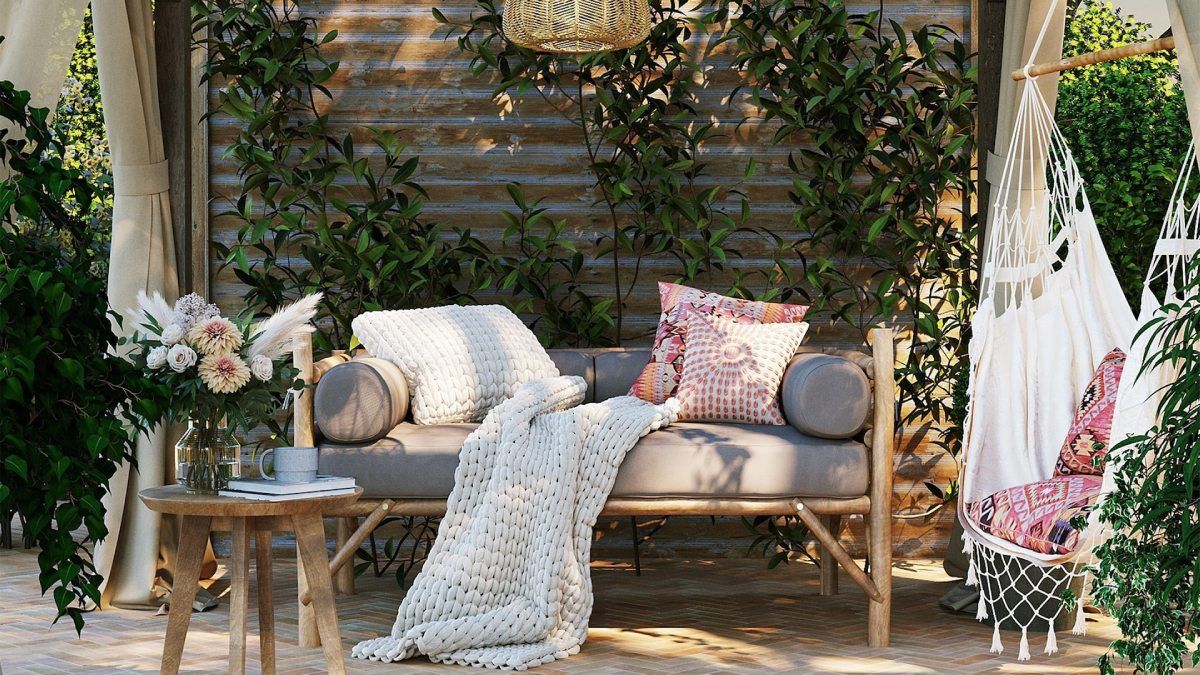
Finally, layer in smaller elements such as throw pillows, decorative accessories, and artwork. Each layer should contribute to the overall balance of texture in the room, creating a rich, engaging space that invites both the eye and the touch.
Conclusion
As you can see, texture is a powerful tool in interior design. It's not just about how a space looks but also how it feels. Adding texture can create depth, contrast and interest, enhancing the overall design scheme. So next time you're planning a home makeover, don't forget to consider texture. It might just be the missing piece that completes your design puzzle.
Want to try out different designs for your home? Use the Planner 5D library of over 7,000 items to create your dream home.
